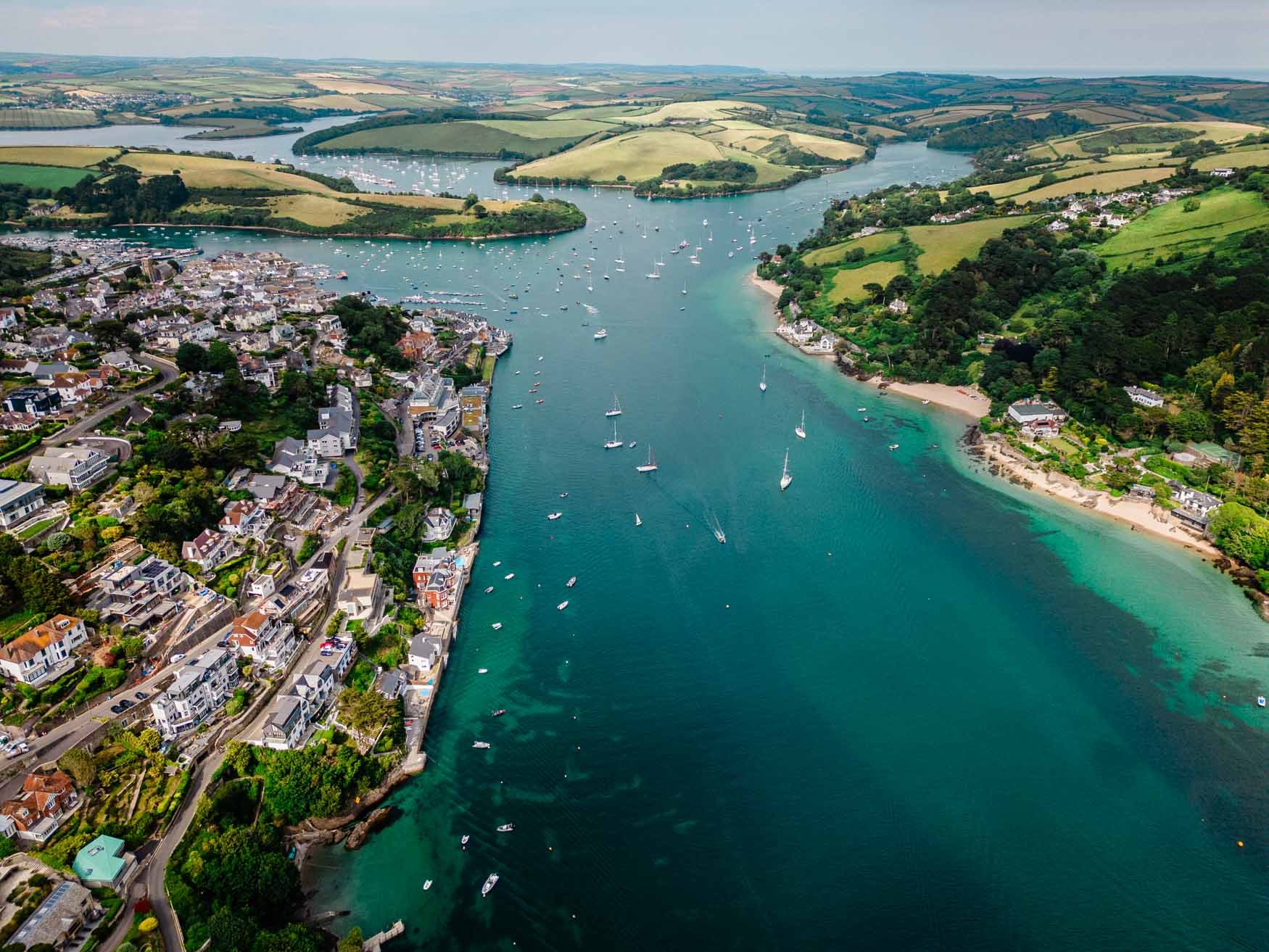
2025 MEMBERSHIP application
All persons sailing on Club boats must be Club members or their guests, and all must also pay a sailing fee before setting sail. One person must agree to be responsible for the boat, and that person must be a member. If you have any queries please contact us:
AFFORDABLE KEELBOAT HIRE in Salcombe for RYA SAILORS

CATEGORIES & FEES
All members paying by Standing Order at whatever amount, and whether they are Personal, Couple, of Family members, will continue to be Full Members.
Members are encouraged to pay by annual Standing Order into our Bank, quoting their Membership Number, to keep costs to a minimum. Our bank details for online banking are: Lloyds Bank plc., Salcombe, Devon, Sort Code : 30-94-72 Account No. 00696729
CLUB MEMBERSHIP
Single Adult
Couple
Family
£75 per year
£100 per year
£125 per year
NON-SAILING MEMBERSHIP
Applies to supporters and social members
Single Adult
Couple
Family
£50 per year
£60 per year
£80 per year
CADET MEMBERSHIP
Applies to under 18 yr olds and students
Cadet single
Cadet single
non-sailing
£60 per year
£45 per year
APPLICATION FORM
NEW Membership Application or Change in Membership Details




